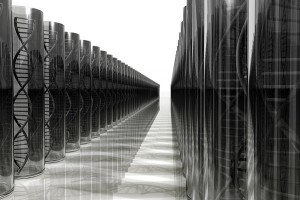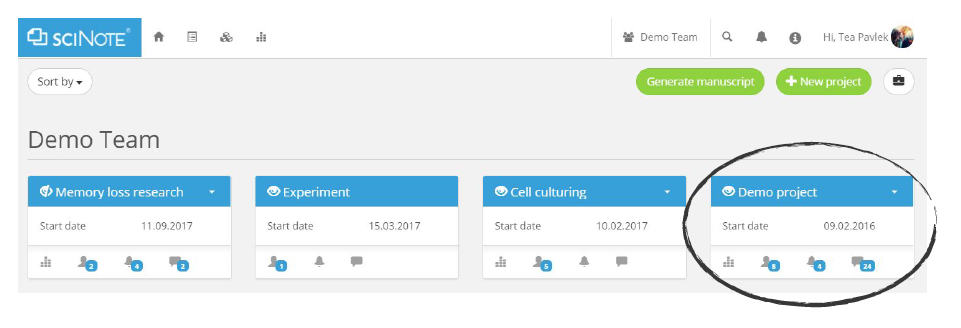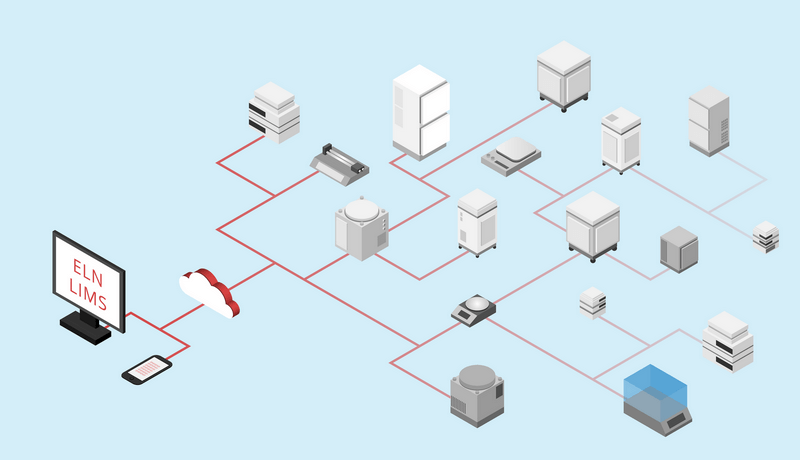A great success, which can change the course of how we store our data, has been achieved by a group of scientists from the University of Washington and Microsoft Research. They used DNA as a storage media, encoded 4 large files and retrieved them almost perfectly.
Does everyone remember good old Floppy discs with 1.44 MB of storage capacity? No? What about the CDs? Today we carry around our mobile phones that have more than 44 000 times the storage capacity of the floppy discs.
In this nice video “Is DNA the future of data storage?” Jonathan Strickland explains why the future is not just about thinking big, but it is also about thinking small and gives us the insight into the latest research of using DNA as a data storage medium.
If we wanted to fit 10 000 GB on the head of a pin, we could do that if our storage medium is the DNA.
DNA is the programming language of our genetic code. It is built of four building blocks: adenine, cytosine, guanine and thymine. They are in some way similar to the 0 and 1 that we use in the machine language as it actually encodes the information our cells depend upon. And DNA can store a lot of data in a very small space. The theoretical limit of data storage in DNA is an Exabyte of data per mm3.
You could store a billion gigabytes of data in a 2/10 000 of a tea spoon.
Another advantage is that the DNA molecule is very stable and it can stay intact for more than 500 years, even in unfavorable conditions. This is approximately 10 times longer than the traditional storage media that we have used in the past, such as floppy discs or CDs.
We produce 25 billion GB of data every day.
A few teams of computer scientists around the world have been experimenting with the ways how to store the data into DNA. They worked with bioengineers  to synthesize data and build it block by block. In the latest research published by a group of scientists from the University of Washington who collaborated with Microsoft Research, they managed to encode 4 large files and they were able to access them almost perfectly. They took the binary data of the file they wanted to encode and they converted it into base 4 to match those building blocks of DNA. They then included ID tags that allowed them to retrieve any byte within a large pool of data.
to synthesize data and build it block by block. In the latest research published by a group of scientists from the University of Washington who collaborated with Microsoft Research, they managed to encode 4 large files and they were able to access them almost perfectly. They took the binary data of the file they wanted to encode and they converted it into base 4 to match those building blocks of DNA. They then included ID tags that allowed them to retrieve any byte within a large pool of data.
The biggest barrier to adopting DNA storage is that it is very expensive and time consuming to synthesize and sequence that DNA. But bioengineers are bringing those barriers down every day. If they succeed, we would go from the supersized data center reserves to the storage of size of a sugar cube.
Jana Erjavec, PhD
Original video: Is DNA the future of data storage
Further reads: UW team stores digital images in DNA — and retrieves them perfectly
[tw_callout size="waves-shortcode" text="" callout_style="style2" thumb="" btn_text="Republish the article" color="#37a0d9" btn_url="https://scinote.net/blog/republish/" btn_target="_blank"]




